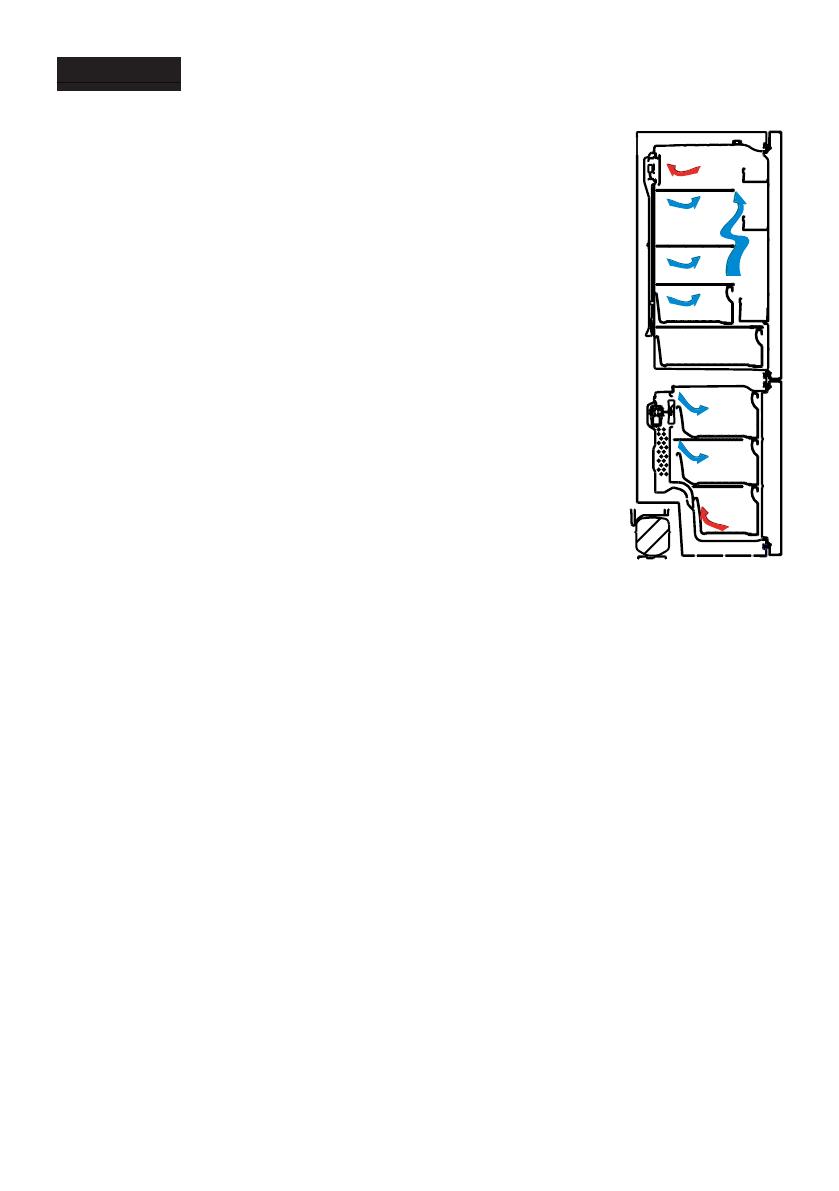
EN -3-
INDEX
BEFORE USING THE APPLIANCE .................................................................................4
General warnings
............................................................................................................4
Old and out-of-order fridges or freezer
...........................................................................8
Safety warnings
..............................................................................................................8
Inalling and operating your fridge freezer
.....................................................................9
The diance between the appliance and back wall mu be minimum 42mm and
maximum 75mm.
..........................................................................................................10
Before Using your Fridge
..............................................................................................10
Dimensions
...................................................................................................................11
THE VARIOUS FUNCTION AND POSSIBILITIES
........................................................12
Information about New Generation Cooling Technology...............................................12
Display and Control Panel
............................................................................................13
Operating your Fridge Freezer
.....................................................................................13
Freezer Temperature Settings
.................................................................................13
Cooler Temperature Settings
..................................................................................13
Super Freeze Mode
................................................................................................13
Door Open Alarm Function
......................................................................................14
Temperature Adjument Warnings
...............................................................................14
Accessories
..................................................................................................................15
Ice Tray
...................................................................................................................15
The Freezer Box
.....................................................................................................15
Extra Chill Compartment
.........................................................................................16
The Fresh Dial
.........................................................................................................16
ARRANGING FOOD IN THE APPLIANCE
....................................................................17
Refrigerator compartment
.............................................................................................17
Freezer compartment
...................................................................................................18
CLEANING AND MAINTENANCE
..................................................................................21
Defroing
................................................................................................................22
TRANSPORTATION AND CHANGING OF INSTALLATION POSITION
....................22
Repositioning the Door
.................................................................................................22
BEFORE CALLING YOUR AFTER SALES SERVICE
.................................................23
Hints for Energy Saving
................................................................................................26
THE PARTS OF THE APPLIANCE AND THE COMPARTMENTS
..............................27
TECHNICAL DATA
...........................................................................................................28
INFORMATION FOR TEST INSTITUTES
......................................................................28
Get usage advice, brochures, trouble shooter, service and repair information:
WWW.ZANUSSI.COM/SUPPORT



















